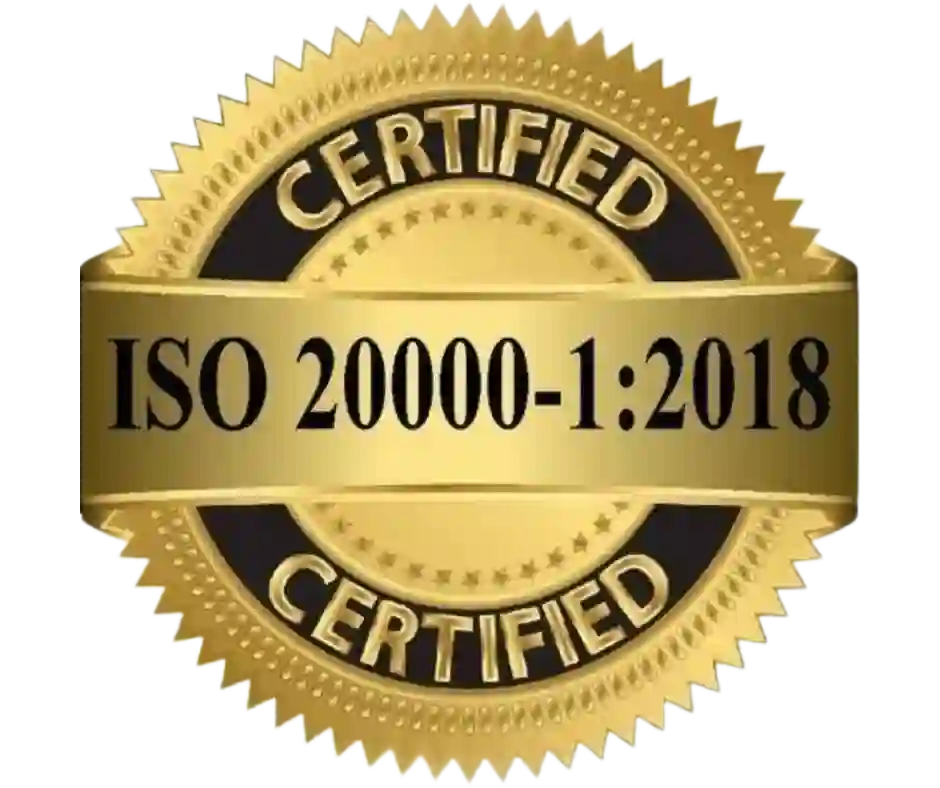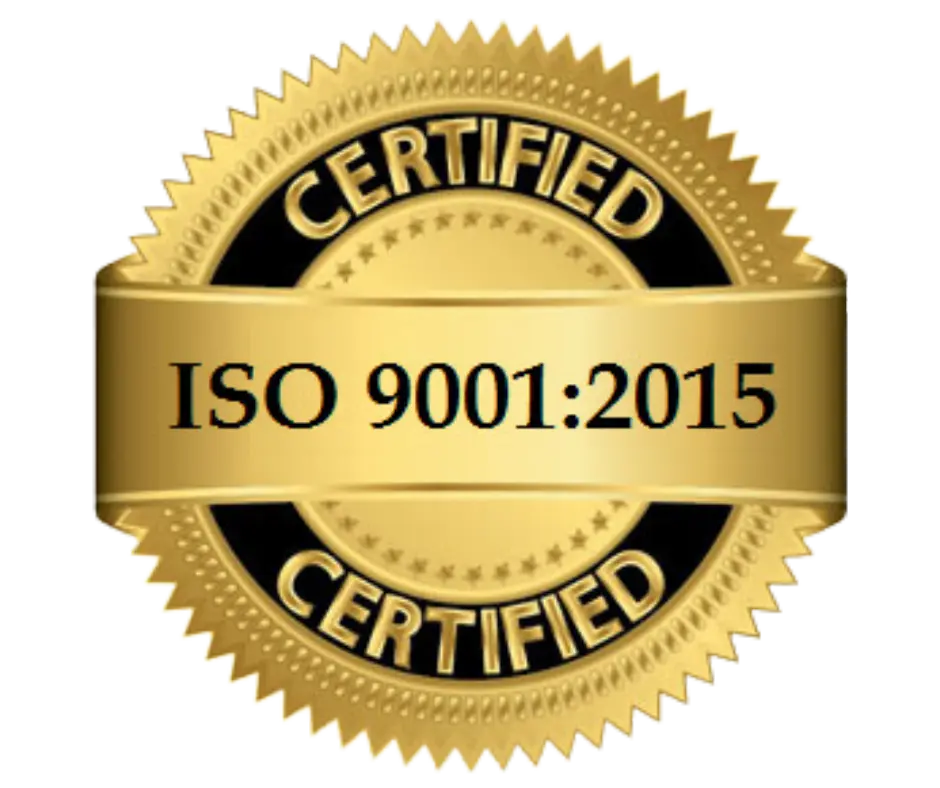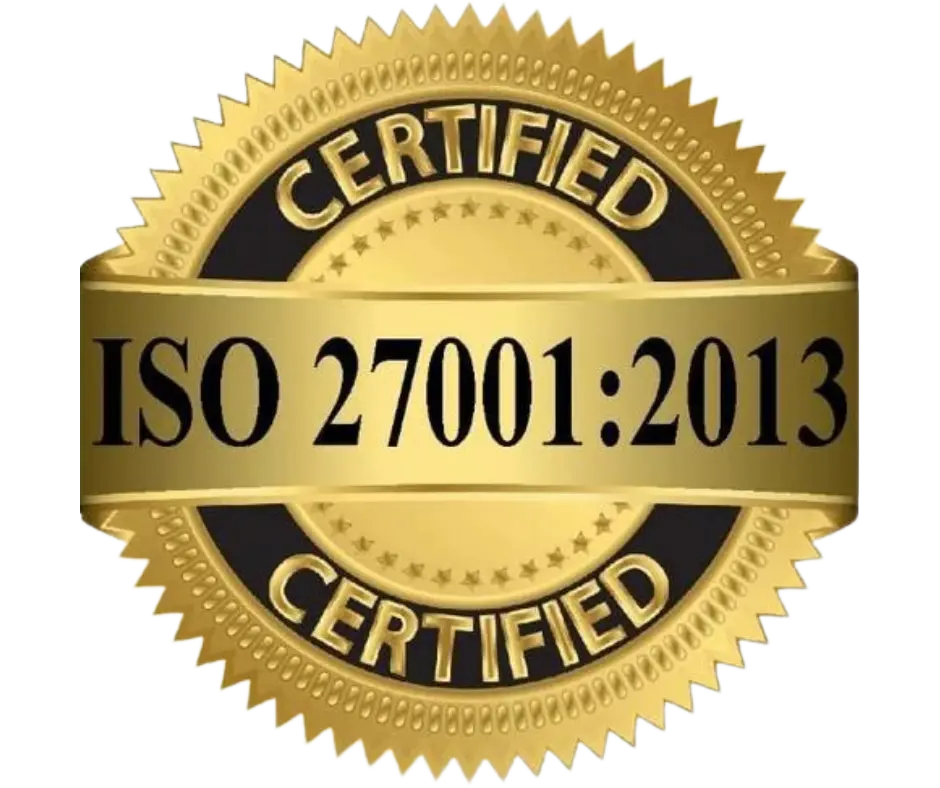Not everything is simple when it comes to enterprise-grade applications and data management. PLM providers have to cope with challenging tasks like managing CAD files and optimizing check-in and check-out processes.
These issues have been addressed since the 1990s, driven by a discipline called ‘knowledge management’. However, the digital era has brought even more challenges by introducing complex supply chains at a global level.
What is BoM and what are its challenges?
BoM stands for ‘Bill of Materials’ and it is a centralized database. A BoM is created to coordinate the product development from the initial idea to manufacturing, distributing, and selling.
Such an approach is necessary when it comes to globally industrialized products. However, due to the growing complexity of these processes, BoMs need to go beyond their traditional systems.
Challenge 1: Changes in the database of part specifications
A smooth manufacturing process depends on many factors. In some cases, the parts are developed by entirely different departments. This generates discrepancies in the BoM that can lead to problems.
Building parts from specifications creates confusion and damages production. This can affect the supply chain and, hence, the business.
Challenge 2: Disruption of maintenance and repairing processes
In line with this, disconnections in the BoM can affect the process of service and maintenance. If information is lost or outdated, it becomes unclear which parts need repairing.
Challenge 3: Outdated information
Such mistakes can lead to huge losses and require costly rework processes. Moreover, fixing a mistake takes time.
Employees will have to wait for the new documentation and notification of the change, and these reports are often overlooked. Hence, you’ll have managers from different departments blaming each other for the BoM mismanagement.
As a result, your product is delayed and the company loses money.
Beyond the traditional BoM: Bill of Materials Software
With that said, it is clear that software development is the solution. Solid BoM software will help you reduce the possibility of human error.
Let’s see the solutions it can offer:
- Creates a centralized database where the BoM information is available. All parties must be able to access it including providers, technicians, manufacturers, and suppliers.
- Allows employees to make regular revisions and inform other departments of the changes.
- Tracks the product BoM data throughout its lifecycle.
- Provides the maintenance department with end-to-end product information.
- The updated information is automatically available for all the parties involved.
- Allows managers to track ongoing changes.
Why is BoM software the solution?
A robust BoM software helps you manage all processes efficiently. It greatly reduces misunderstandings by updating information in real time across all departments, vendors, and manufacturers.
From the early design stages to delivering the product, your BoM software will be a powerful management tool.








